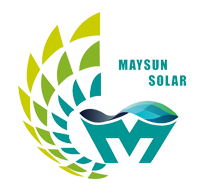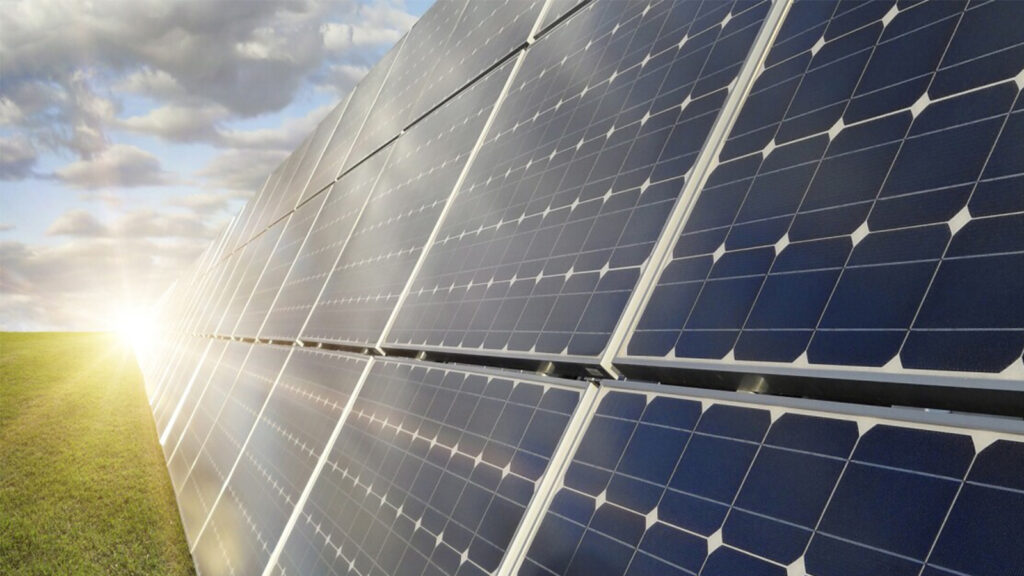Solar power has rocketed to the forefront of the global quest for a sustainable future. Photovoltaic (PV) systems are gaining traction as society increasingly places emphasis on harnessing renewable energy. These ingenious devices have become sustainable energy darlings, capturing hearts with their remarkable ability to convert sunlight into clean, usable electricity. In this dynamic blueprint for solar development, an advanced technology emerges: passivated emitter and rear cell (PERC) technology.
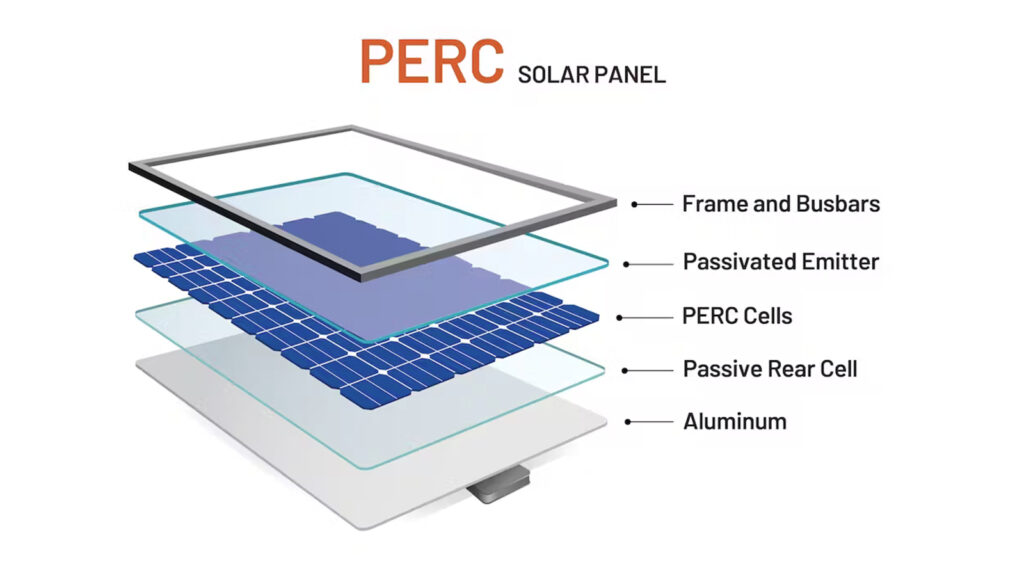
What is PERC Technology?
Passivated Emitter and Rear Cell (PERC) technology is a breakthrough innovation in solar panel design that significantly enhances the conversion efficiency of solar cells. Traditionally, solar cells consist of a front surface that captures sunlight and a rear surface that reflects unabsorbed light. PERC technology optimizes the rear surface of the cell to reduce the loss of valuable solar energy.

How does PERC technology work?
PERC technology operates by adding a passivation layer to the rear surface of the solar cell. This layer mitigates electron recombination, a phenomenon that hampers the efficiency of solar cells. By reducing the recombination of electrons, PERC technology increases the amount of energy converted from sunlight, resulting in higher overall efficiency.
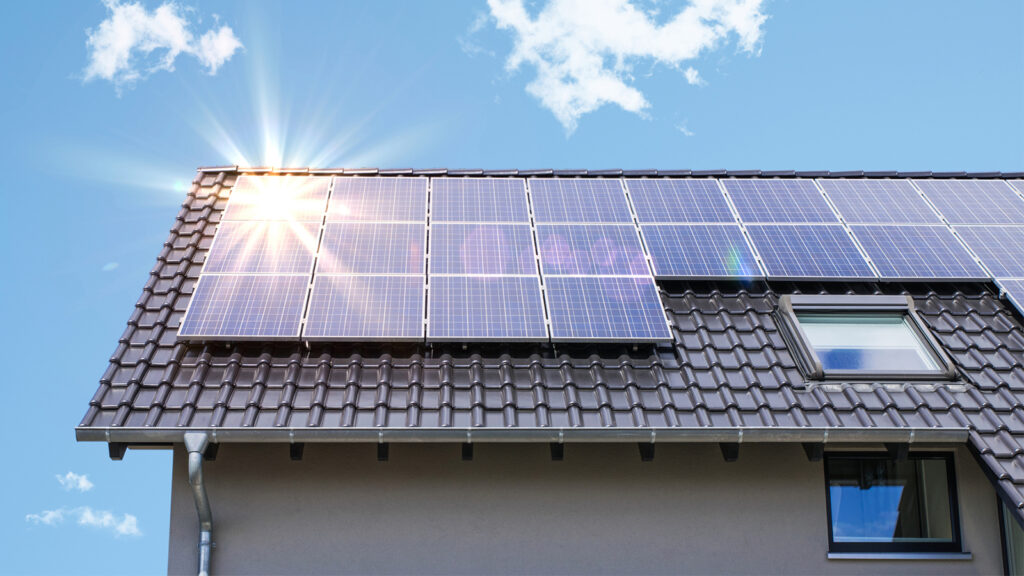
Why Many People Choose PERC Technology?
a) Enhanced Efficiency:
Harnessing the power of PERC technology, solar panels soar to new heights of conversion efficiency, effortlessly surpassing the 20% threshold. This breakthrough ensures a radiant transformation of sunlight into abundant, usable electricity, allowing the panels to unleash their full potential and magnify the energy output.
b) Improved Low-Light Performance:
Within the realm of low-light conditions, PERC technology reigns supreme, unveiling its unparalleled performance. Like a steadfast luminary amidst clouds and shadows, it grants solar panels a remarkable advantage in regions where direct sunlight is scarce or on gloomy, overcast days. Through its ingenious design, it unlocks the door to heightened efficiency, paving the way for optimal energy generation.
c) Temperature Tolerance:
Embodying a resolute resistance to the whims of temperature, PERC technology boldly defies the constraints of conventional solar panels. Even amidst sweltering climates, it stands unwavering, preserving its High-Efficiency levels with unwavering strength. This formidable trait ensures an unwavering flow of electricity, making it an indispensable asset in warmer regions, where the sun’s fiery embrace is a constant companion.
d) Cost-Effectiveness:
A symphony of cutting-edge innovation and cost-conscious engineering, PERC technology has emerged as an exquisite embodiment of affordability. In the ever-evolving solar landscape, its ascent has been accompanied by a harmonious marriage of advanced features and cost-competitiveness. As its popularity spreads like wildfire, transforming PERC technology into an irresistible choice for residential and commercial solar installations alike.
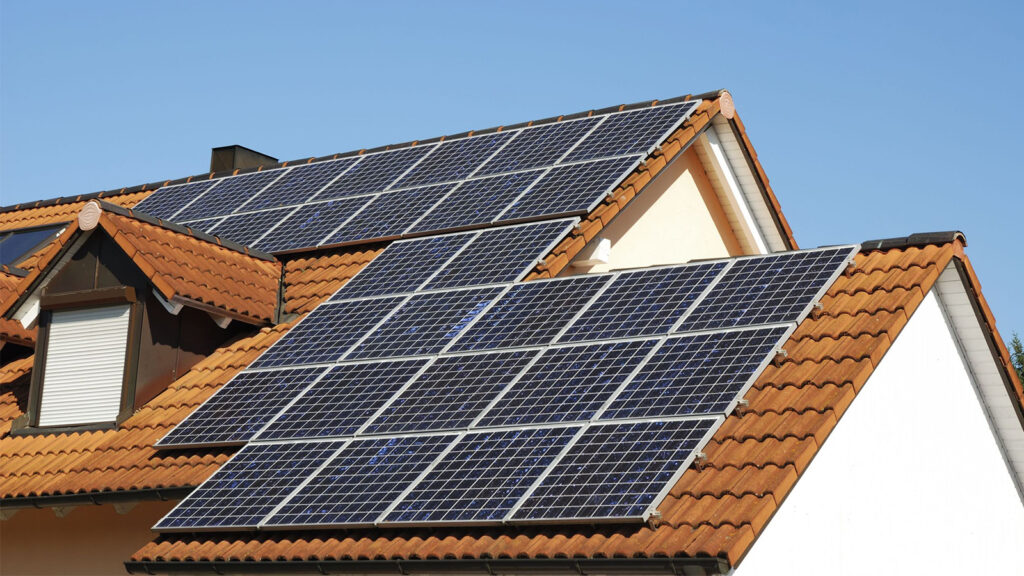
What are the applications and prospects of PERC technology?
PERC technology has found applications in a wide range of solar energy systems. From large-scale solar farms to rooftop installations, its enhanced efficiency and adaptability make it suitable for various settings. Moreover, ongoing research and development are focused on improving PERC technology, with efforts to increase efficiency, reduce production costs, and enhance overall performance.
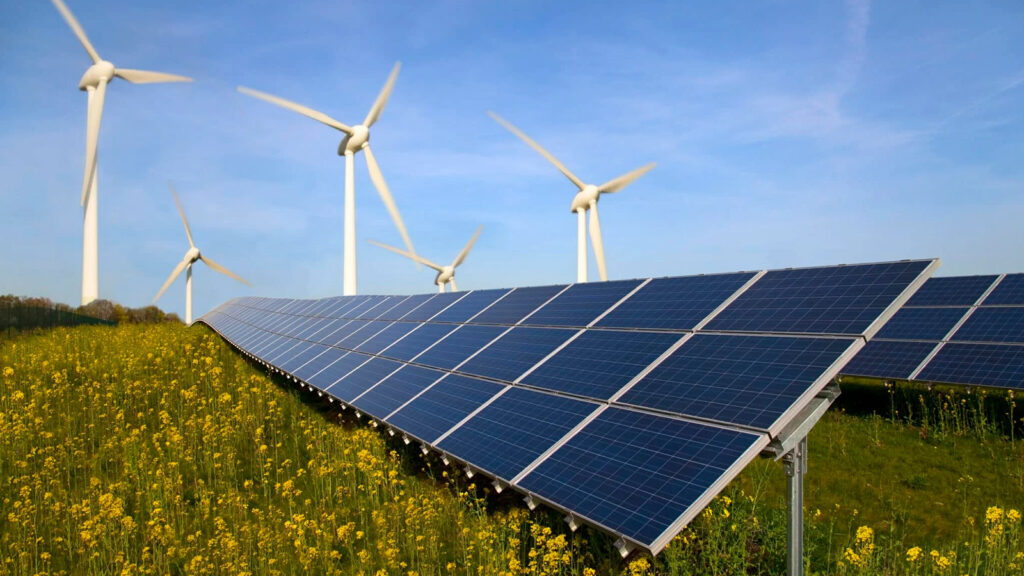
PERC Technology’s Path to a Sustainable Future:
The adoption of PERC technology contributes to the global transition towards clean energy and a sustainable future. By maximizing the energy output of solar panels, PERC technology enables a more efficient utilization of resources, reduces dependence on fossil fuels, and helps mitigate climate change.
Passivated Emitter and Rear Cell (PERC) technology has revolutionized the solar energy industry, boosting the efficiency and performance of solar panels. Its ability to increase energy conversion, enhance low-light performance, and withstand high temperatures positions PERC as a promising technology for harnessing the power of the sun. With ongoing advancements and cost reductions, PERC technology paves the way for a brighter and greener future powered by clean and renewable energy.
Since 2008, Maysun Solar has been focusing on the production of various photovoltaic modules, and we provide a series of glass modules using PERC technology for you to choose.
Choose Maysun Solar because we have high-quality solar panel technology to meet your needs, please contact us and create a green future together!

How to Effectively Clean and Intelligently Maintain Photovoltaic Systems for Optimal Performance?
Explore how scientific cleaning and intelligent maintenance can ensure the efficient operation of commercial and industrial photovoltaic systems. Practical advice covers module cleaning frequency, monitoring system configuration, and long-term strategies for energy savings and performance enhancement.

2025 European Photovoltaic Policy Map: Deployment Paths and Regional Strategies for Commercial and Industrial Photovoltaics
A comprehensive analysis of the 2025 European commercial and industrial photovoltaic policy map, focusing on deployment strategies, incentive comparisons, and zero-investment models to support businesses in achieving an efficient and green transition.

Empowering Factories with Solar Energy A Strategic Tool for Controlling Production Electricity Costs
Commercial and industrial solar is becoming a key solution for factories to reduce electricity costs and hedge against price fluctuations. This article systematically analyzes its deployment models, cost advantages, and sustainable value pathways.
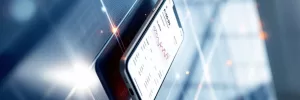
How Businesses Can Offset Carbon Taxes with Solar Power
This article analyzes the latest carbon tax policies and photovoltaic deduction strategies, helping European businesses legally reduce taxes, increase profits through solar investment, and achieve a win-win situation for both economy and environment.

Forecast and Response: Seizing the Next Decade’s Growth Dividend in Europe’s Commercial and Industrial Photovoltaics Market
Maysun Solar analyzes the growth trends of commercial and industrial photovoltaics in Europe over the next ten years, from policies and ESG to technological innovation, helping companies seize the initiative in the energy transition.

How to Calculate Solar System ROI and Optimize Long-Term Returns?
Solar power is becoming a key solution for businesses to reduce costs and improve efficiency. Accurately calculating ROI and optimizing long-term returns are essential to maximizing investment value.
